- Parish House Of Ruth
- Contact
- Churches-US -EUROPE
- Agenda
- Online kapel
- DiscipelschapCursus.....Nederlands-Engels
- Saint Louis Liturgy
- Alive Now.....Audio Lectio Davina
- Early Christian Writings
- The Word-Sunday
- Biblical Study Tool
- Saint Paul Center
- Anglicans Online
- Biblical-Research
- Catholic- Resources
- Een Kwartier met God
- Saint Matthew Ecumenical Catholic Church Media
- Audio
- Pastor Jetty Van Den Berghe
- House Of Ruth And Junia
|
0 Opmerkingen
How to Pray the Rosary While the rosary and the indulgences attached to it by the Church essentially concerns the decades and the meditation upon the mysteries only, the following is a customary way of preparing for the rosary and concluding it. 1. Preparation Start by making the sign of the Cross: In the name of the Father, and of the Son and of the Holy Spirit. Amen. Then recite the Apostle's Creed: I believe in God, the Father Almighty, Creator of Heaven and earth; and in Jesus Christ, His only Son Our Lord, Who was conceived by the Holy Spirit, born of the Virgin Mary, suffered under Pontius Pilate, was crucified, died, and was buried. He descended into Hell; the third day He rose again from the dead; He ascended into Heaven, and sitteth at the right hand of God, the Father almighty; from thence He shall come to judge the living and the dead. I believe in the Holy Spirit, the holy Catholic Church, the communion of saints, the forgiveness of sins, the resurrection of the body and life everlasting. Amen. Then say 1 Our Father, 3 Hail Marys (for the virtues of Faith, Hope and Love) and then 1 Glory Be: Our Father, Who art in heaven, Hallowed be Thy Name. Thy Kingdom come. Thy Will be done, on earth as it is in Heaven. Give us this day our daily bread. And forgive us our trespasses, as we forgive those who trespass against us. And lead us not into temptation, but deliver us from evil. Amen. Hail Mary, full of grace, the Lord is with thee; Blessed art thou among women, and blessed is the fruit of thy womb, Jesus. Holy Mary, Mother of God, pray for us sinners, now and at the hour of death. Amen. GLORY BE to the Father, and to the Son, and to the Holy Spirit. As it was in the beginning, is now, and ever shall be, world without end. Amen. 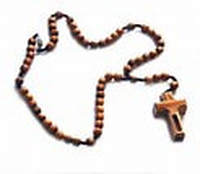 The Glorious Mysteries I: The Resurrection of our Lord A Reading from the gospel According to Saint Luke: On the first day of the week, at early dawn, the women disciples came to the tomb bringing the spices which they had prepared. But they found the stone rolled away from the tomb, and when they entered, they did not find the body of the Lord Jesus. While they were perplexed about this, behold, two men suddenly stood near them in dazzling clothing; and as the women were terrified and bowed their faces to the ground, the men said to them, "Why do you seek the living One among the dead? He is not here, but He has risen. Remember how He spoke to you while He was still in Galilee, saying that the Son of Man must be delivered into the hands of sinful men, and be crucified, and the third day rise again." Then they remembered His words, and returned from the tomb and reported all these things to the eleven and to all the rest. Now they were Mary Magdalene and Joanna and Mary the mother of James; also the other women with them were reporting these things to the apostles. But to the apostles these words seemed to be utter nonsense, so they would not believe the women. But Peter got up and ran to the tomb; stooping and looking in, he saw the linen wrappings only; and he went away to his home, marveling at what had happened. The Word of the Lord. II: The Ascension of our Lord A reading from the Gospel According to Saint Luke: And Jesus led the disciples out as far as Bethany, and He lifted up His hands and blessed them. While He was blessing them, He parted from them and was carried up into heaven. And they, after worshiping Him, returned to Jerusalem with great joy, and were continually in the temple praising God. The Word of the Lord. III: The Descent of the Holy Spirit A Reading from the Acts of the Apostles: All the disciples with one mind were continually devoting themselves to prayer, along with the women, and Mary the mother of Jesus, and with His brothers. And when the day of Pentecost had come, they were all together in one place. And suddenly there came from heaven a noise like a violent rushing wind, and it filled the whole house where they were sitting. Then there appeared to them tongues as of fire distributing themselves, and they rested on each one of them. And they were all filled with the Holy Spirit and began to speak with other tongues, as the Spirit was giving them utterance. The Word of the Lord. IV: The Assumption of our Lady A Reading from the Book of Revelation: A great sign appeared in heaven: a woman clothed with the sun, and the moon under her feet, and on her head a crown of twelve stars; and she was with child; and she cried out, being in labor and in pain to give birth. Then another sign appeared in heaven: and behold, a great red dragon having seven heads and ten horns, and on his heads were seven diadems. And his tail swept away a third of the stars of heaven and threw them to the earth And the dragon stood before the woman who was about to give birth, so that when she gave birth he might devour her child. And she gave birth to a son, a male child, who is to rule all the nations with a rod of iron; and her child was caught up to God and to His throne. The Word of the Lord. V: Mary receives her Crown of Glory as Queen of Heaven A Reading from the Second Letter of Saint Paul to Timothy: For I am already being poured out as a drink offering, and the time of my departure has come. I have fought the good fight, I have finished the course, I have kept the faith; in the future there is laid up for me the crown of righteousness, which the Lord, the righteous Judge, will award to me on that day; and not only to me, but also to all who have loved His appearing. The Word of the Lord. The Joyful Mysteries I: The Annunciation: A reading from the Gospel According to Luke: Now in the sixth month the angel Gabriel was sent from God to a city in Galilee called Nazareth, to a virgin engaged to a man whose name was Joseph, of the descendants of David; and the virgin's name was Mary. And coming in, he said to her, "Hail, highly favored one! The Lord is with you." But she was very perplexed at this statement, and kept pondering what kind of salutation this was. The angel said to her, "Do not be afraid, Mary; for you have found favor with God. And behold, you will conceive in your womb and bear a son, and you shall name Him Jesus. He will be great and will be called the Son of the Most High; and the Lord God will give Him the throne of His father David; and He will reign over the house of Jacob forever, and His kingdom will have no end." Mary said to the angel, "How can this be, since I am a virgin?" The angel answered and said to her, "The Holy Spirit will come upon you, and the power of the Most High will overshadow you; and for that reason the holy Child shall be called the Son of God. And behold, even your relative Elizabeth has also conceived a son in her old age; and she who was called barren is now in her sixth month. For nothing will be impossible with God." And Mary said, "Behold, the servant of the Lord; may it be done to me according to your word." And the angel departed from her. II: The Visitation: A reading from the Gospel According to Luke: Now at this time Mary arose and went in a hurry to the hill country, to a city of Judah, and entered the house of Zacharias and greeted Elizabeth. When Elizabeth heard Mary's greeting, the baby leaped within her womb; and Elizabeth was filled with the Holy Spirit and she cried out with a loud voice saying, "Blessed are you among women, and blessed is the fruit of your womb! How is it possible that the mother of my Lord would come to me? For behold, when the sound of your greeting reached my ears, my baby leaped within my womb for joy. Blessed is she who believed that there would be a fulfillment of what had been spoken to her by the Lord." And Mary stayed with Elizabeth about three months, and then returned to her home. III: The Nativity of Jesus: A reading from the Gospel According to Luke: Now in those days a decree went out from Caesar Augustus, that a census be taken of all the inhabited earth. And everyone was on his way to register for the census, each to his own city. Joseph also went up from Galilee, from the city of Nazareth, to Judea, to the city of David which is called Bethlehem, because he was of the house and family of David, in order to register along with Mary, who was engaged to him, and was with child. While they were there, the days were completed for her to give birth. And she gave birth to her firstborn son; and she wrapped Him in cloths, and laid Him in a manger, because there was no room for them in the inn. IV: The Presentation: A reading from the Gospel According to Luke: And when eight days had passed, before His circumcision, His name was then called Jesus, the name given by the angel before He was conceived in the womb. And when the days for their purification according to the instruction of Moses were completed, they brought Jesus up to Jerusalem to present Him to the Lord. And there was a man in Jerusalem whose name was Simeon; and this man was righteous and devout, looking for the consolation of Israel; and the Holy Spirit was upon him. And it had been revealed to him by the Holy Spirit that he would not see death before he had seen the Lord's Christ. And he came in the Spirit into the temple; and when the parents brought in the child Jesus, to carry out for Him the custom of the Law, then he took Him into his arms, and blessed God, and said, "Now Lord, may Your servant depart in peace according to Your word; For my eyes have seen Your salvation, Which You have prepared in the presence of all peoples, a light of revelation for the Gentiles, And the glory of Your people Israel." V: The Finding of Jesus in the Temple: A reading from the Gospel According to Luke: Now His parents went to Jerusalem every year at the Feast of the Passover. And when He became twelve, they went up there according to the custom of the Feast; and as they were returning, after spending the full number of days, the boy Jesus stayed behind in Jerusalem. But His parents were unaware of it, but supposed Him to be in the caravan, and went a day's journey; and they began looking for Him among their relatives and acquaintances. When they did not find Him, they returned to Jerusalem looking for Him. Then, after three days they found Him in the temple, sitting in the midst of the teachers, both listening to them and asking them questions. And all who heard Him were amazed at His understanding and His answers. When they saw Him, they were astonished; and His mother said to Him, "Son, why have You treated us this way? Behold, Your father and I have been anxiously looking for You." And He said to them, "Why is it that you were looking for Me? Did you not know that I had to be in My Father's house?" But they did not understand the statement which He had made to them. So He went down with them and came to Nazareth, and He continued in subjection to them; and His mother treasured all these things in her heart. And Jesus kept increasing in wisdom and stature, and in favor with God and among the people. The Luminous Mysteries I: The Baptism of our Lord A Reading from the Gospel According to Mark: In those days Jesus came from Nazareth in Galilee and was baptized by John in the Jordan. Immediately coming up out of the water, He saw the heavens opening, and the Spirit like a dove descending upon Him; and a voice came out of the heavens: "You are My beloved Son, in You I am well-pleased." The Word of the Lord. II: The Wedding at Cana of Galilee A Reading from the Gospel According to John: There was a wedding in Cana of Galilee, and the mother of Jesus was there; and Jesus and His disciples were also invited to the wedding. When the wine ran out, the mother of Jesus said to Him, "They have no more wine." And Jesus said to her, "Woman, what does that have to do with us? My hour has not yet come." His mother then said to the servants, "Do whatever He tells you!" Now there were six stone water jars set there for the Jewish custom of purification, containing twenty or thirty gallons each. Jesus said to them, "Fill the water jars with water." So they filled them up to the brim. Then He said to them, "Draw some out now and take it to the headwaiter." So they took it to him. When the headwaiter tasted the water which had now become wine, and did not know where it came from (but the servants who had drawn the water knew), the headwaiter then called over the bridegroom, and said to him, "Everyone serves the best wine first, and after people have been drinking awhile , a lesser vintage; but what you have done is to keep the choice wine until now." This beginning of His signs Jesus did in Cana of Galilee, and manifested His glory, and His disciples believed in Him. The Word of the Lord. III: Jesus Proclaims the Kingdom of God A Reading from the Gospel According to Mark: Now after John had been taken into custody, Jesus came into Galilee, preaching the gospel of God, and saying, "The time is fulfilled, and the kingdom of God is at hand; repent and believe in the gospel." The Word of the Lord. IV: The Transfiguration of our Lord A Reading from the Gospel According to Mark: Jesus took with Him Peter and James and John, and brought them up on a high mountain by themselves. And He was transfigured before them; and His garments became radiant and dazzling white, as no launderer on earth can whiten them. Then Elijah appeared to them along with Moses; and they were talking with Jesus. Peter said to Jesus, "Rabbi, it is good for us to be here; let us make three tabernacles, one for You, and one for Moses, and one for Elijah." For he did not know what to say; for they became terrified. Then a cloud formed, overshadowing them, then a voice came out of the cloud, "This is My beloved Son, listen to Him!" The Word of the Lord. V: The Supper of the Lord A Reading from the First Letter of Paul to the Corinthians: I received from the Lord that which I also delivered to you, that the Lord Jesus in the night in which He was betrayed took bread; and when He had given thanks, He broke it and said, "This is My body, which is for you; do this in remembrance of Me." In the same way He took the cup also after supper, saying, "This cup is the new covenant in My blood; do this, as often as you drink it, in remembrance of Me." For as often as you eat this bread and drink the cup, you proclaim the Lord's death until He comes. The Word of the Lord. The Resurrection Mysteries I: The Appearance to Mary Magdalene Now on the first day of the week Mary Magdalene was standing outside the tomb weeping. As she wept, she stooped down and looked into the tomb; and she saw two angels in white sitting, one at the head and one at the feet, where the body of Jesus had been lying. And they asked her, “Woman, why are you weeping?” She said to them, “Because they have taken away my Lord, and I do not know where they have laid Him.” When she had said this, she turned around and saw Jesus standing there, but did not know that it was Jesus. Jesus said to her, “Woman, why are you weeping? Whom are you seeking?” Supposing Him to be the gardener, she said to Him, “Sir, if you have carried Him away, tell me where you have laid Him, and I will take Him away.” Jesus said to her, “Mary!” She turned at once and said to Him in Hebrew, “Rabboni!” (which means, Teacher). Jesus said to her, “Do not cling to Me, for I have not yet ascended to the Father; but go to My brothers and tell them that I ascend to My Father and your Father, and My God and your God.” Mary Magdalene came announcing to the disciples, “I have seen the Lord,” and that He had said these things to her. II: The Appearance on the Road to Emmaus Two disciples were going that very day to a village named Emmaus, which was about seven miles from Jerusalem. And they were talking with each other about all the events which had taken place. While they were talking and discussing, Jesus Himself approached and began walking with them. But their eyes were prevented from recognizing Him. He said to them, “What are these words that you are exchanging with one another as you are walking?” They stood still, and looking sad the one named Cleopas answered Him, “Are You the only one visiting Jerusalem unaware of the things which have happened here in these days?” Then He asked them, “What things?” And they said to Him, “The things about Jesus the Nazarene, who was a prophet mighty in deed and word in the sight of God and all the people, and how the chief priests and our rulers delivered Him to the sentence of death, and had Him crucified. But we were hoping that He was the One who was going to redeem Israel. Indeed, besides all this, it is the third day since these things happened. Then some women among us amazed us. When they were at the tomb early in the morning, and did not find His body, they came saying that they had also seen a vision of angels who said that He was alive. Then some of the others who were with us ran to the tomb and found it just exactly as the women also had described; but Him they did not see.” Then He said to them, “O foolish ones and slow of heart to believe in all that the prophets have spoken! Was it not necessary for the Christ to suffer these things to enter into His glory?” Then beginning with Moses and with all the prophets, He explained to them the things concerning Himself in all the Scriptures. As they approached the village where they were going He acted as though He were going farther. But they urged Him, saying, “Stay with us, for it is getting late in the evening, and the day is now nearly over.” So He went in to stay with them. When He had reclined at the table with them, He took the bread and blessed it. While breaking it and giving it to them their eyes were opened and they recognized Him! Then He suddenly vanished from their sight. They said to one another, “Were not our hearts burning within us while He was speaking to us on the road, while He was explaining the Scriptures to us?” Then they got up that very hour and returned to Jerusalem, and found gathered together the eleven and those who were with them, who were saying, “The Lord has really risen and has appeared to Simon.” So the two disciples began to relate their experiences on the road and how He was recognized by them in the breaking of the bread. III: The Appearance to Thomas Now Thomas, one of the twelve, was not with them when Jesus first appeared to them. So the other disciples kept saying to him, “We have seen the Lord!” But he said to them, “Unless I see in His hands the imprint of the nails, and put my finger into the place of the nails, and put my hand into His side, I will not believe.” Eight days later His disciples were again inside and this time Thomas with them. Jesus appeared, despite the doors having been shut, and stood in their midst and said, “Peace be with you.” Turning to Thomas He said, “Reach here with your finger, and see My hands; and reach here your hand and put it into My side; and do not be unbelieving, but believing.” Thomas answered and said to Him, “My Lord and my God!” Jesus said to him, “Because you have seen Me, have you believed? Blessed are they who did not see, and yet believed.” IV: The Appearance to Paul For I delivered to you as of first importance what I also received, that Christ died for our sins according to the Scriptures, and that He was buried, and that He was raised on the third day according to the Scriptures, and that He appeared to Kephas, then to the twelve. After that He even appeared to more than five hundred others at one time, most of whom remain until now, but some have fallen asleep; then He appeared to James, then to all the apostles; and last of all, as to one untimely born, He appeared to me also. V: The Appearance to John of Patmos I, John, your brother and fellow partaker in the tribulation and kingdom and perseverance which are in Jesus, was on the island called Patmos because of the word of God and the testimony of Jesus. I was in the Spirit on the Lord’s day when I heard behind me a loud voice like the sound of a trumpet. Then I turned to see the voice that was speaking with me. And having turned I saw the golden menorah; and in the midst of the menorah I saw one like a son of man, clothed in a robe reaching to the feet, and girded across His chest with a golden sash. His head and His hair were white like white wool, like snow; and His eyes were like a flame of fire. His feet were like burnished bronze as when it has been made to glow in a furnace, and His voice was like the sound of many waters. In His right hand He held seven stars, and out of His mouth came a sharp two-edged sword; and His face was like the sun shining in its strength. When I saw Him, I fell at His feet like a dead man. And He placed His right hand on me, saying, “Do not be afraid; I am the first and the last, the living One. I was dead, and behold, I am alive forevermore, and now I have the keys of death and of Hades. The Sorrowful Mysteries I: The Agony in the Garden A reading from the Gospel According to Luke: Jesus came out and proceeded as was His custom to the Mount of Olives; and the disciples also followed Him. When He arrived at the place, He said to them, “Pray that you may not enter into temptation.” And He withdrew from them about a stone’s throw, and He knelt down and began to pray, saying, “Father, if You are willing, remove this cup from Me; yet not My will, but Yours be done.” Now an angel from heaven appeared to Him, strengthening Him. And being in agony He was praying very fervently as His sweat became like drops of blood, falling down upon the ground. Then He rose up from prayer and came to the disciples and found them sleeping from sorrow, and said to them, “Why are you sleeping? Get up and pray that you may not enter into temptation.” II: The Scourging of Jesus A Reading from the Gospel According to John: Therefore Pilate entered again into the Praetorium, and summoned Jesus and said to Him, “Are You the King of the Jews?” Jesus answered, “Are you saying this on your own initiative, or did others tell you about Me?” Pilate answered, “I am not a Jew, am I? Your own nation and the chief priests delivered You to me; what have You done?” Jesus answered, “My kingdom is not of this world. If My kingdom was of this world, then My servants would be fighting so that I would not be handed over to the Jewish authorities; but as it is, My kingdom is not of this world.” Therefore Pilate said to Him, “So, You are a king?” Jesus answered, “You say correctly that I am a king. For this I have been born, and for this I have come into the world, to testify to the truth. Everyone who is of the truth hears My voice.” Pilate said to Him, “What is truth?” Pilate then took Jesus and had Him scourged. III: The Crowning with Thorns A Reading from the Gospel According to John: The soldiers twisted together a crown of thorns and put it on His head, and putting a purple cloak on Him, they began to come up to Him saying, “Hail, King of the Jews!” while giving Him blows to His face. Pilate came out again and said to them, “Behold, I am bringing Him out to you so that you may know that I find no guilt in Him.” As Jesus was coming out, wearing the crown of thorns and the purple robe, Pilate announced to them, “Behold, the Man!” So when the chief priests and the officers saw Him, they cried out saying, “Crucify Him! Crucify Him!” IV: Jesus Carries His Cross A Reading from the Gospel According to Mark: The soldiers led Jesus out to crucify Him. They pressed into service a passer-by coming in from the country, Simon of Cyrene (the father of Alexander and Rufus), to bear His cross. Then they brought Him to the place called Golgotha, which is translated, “Place of a Skull.” They tried to give Him wine mixed with myrrh; but He did not take it. V: The Crucifixion of Jesus A Reading from the Gospel According to Matthew: And when they had crucified Jesus, they divided up His garments among themselves by casting lots. And sitting down, they began to keep watch over Him there. And above His head they put up the charge against Him which read, “THIS IS JESUS THE KING OF THE JEWS.” At that time two robbers were crucified with Him, one on the right and the other on the left. And those passing by were hurling abuse at Him, wagging their heads mocking Him and saying, “He saved others; He cannot save Himself. If He is the King of Israel; let Him now come down from the cross, and we will believe in Him for He said, ‘I am the Son of God.’” Now from noon a great darkness fell upon all the earth until three o’clock. Then Jesus cried out with a loud voice, saying, “ELI, ELI, LAMA SABACHTHANI?” that is, “MY GOD, MY GOD, WHY HAVE YOU FORSAKEN ME?” And one of those standing there, immediately ran, and taking a sponge, filled it with sour wine and put it on a reed, and gave Jesus a drink. Then Jesus cried out again with a loud voice, and gave up His spirit. The Prayers of the Rosary: Our Father, who art in heaven, hallowed be thy name. Thy kingdom come, thy will be done on earth as it is in heaven. Give us this day our daily bread, and forgives us our trespasses as we forgive those who trespass against us; and lead us not into temptation but deliver us from evil. Hail Mary, full of grace, the Lord is with thee. Blessed art thou among women and blessed is the fruit of thy womb, Jesus. Holy Mary, Mother of God, pray for us sinners now and at the hour of our death. Amen. Glory be to the Father and to the Son and to the Holy Spirit. As it was in the beginning, is now, and ever shall be world without end. Amen. St. Kateri Tekakwitha is the first Native American to be recognized as a saint by the Catholic Church. She was born in 1656, in the Mohawk village of Ossernenon. Her mother was an Algonquin, who was captured by the Mohawks and who took a Mohawk chief for her husband.
She contracted smallpox as a four-year-old child which scarred her skin. The scars were a source of humiliation in her youth. She was commonly seen wearing a blanket to hide her face. Worse, her entire family died during the outbreak. Kateri Tekakwitha was subsequently raised by her uncle, who was the chief of a Mohawk clan. Kateri was known as a skilled worker, who was diligent and patient. However, she refused to marry. When her adoptive parents proposed a suitor to her, she refused to entertain the proposal. They punished her by giving her more work to do, but she did not give in. Instead, she remained quiet and diligent. Eventually they were forced to relent and accept that she had no interest in marriage. At age 19, Kateri Tekakwitha converted to Catholicism, taking a vow of chastity and pledging to marry only Jesus Christ. Her decision was very unpopular with her adoptive parents and their neighbors. Some of her neighbors started rumors of sorcery. To avoid persecution, she traveled to a Christian native community south of Montreal. According to legend, Kateri was very devout and would put thorns on her sleeping mat. She often prayed for the conversion of her fellow Mohawks. According to the Jesuit missionaries that served the community where Kateri lived, she often fasted and when she would eat, she would taint her food to diminish its flavor. On at least one occasion, she burned herself. Such self-mortification was common among the Mohawk. Kateri was very devout and was known for her steadfast devotion. She was also very sickly. Her practices of self-mortification and denial may not have helped her health. Sadly, just five years after her conversion to Catholicism, she became ill and passed away at age 24, on April 17, 1680. Her name, Kateri, is the Mohawk form of Catherine, which she took from St. Catherine of Siena. St. Kateri Tekakwitha was canonized by Pope Benedict XVI on Oct. 21, 2012. She is the patroness of ecology and the environment, people in exile and Native Americans. Biography St Teresa AvilaSaint Teresa of Ávila (1515-1582) – Spanish mystic, writer and reformer of the Carmelite order. St Terese of Avila was an influential and pivotal figure of her generation.
Retreat “House of Ruth” March 3-7 2014 At the Carmelite Center Burgstraat 46 Ghent House of Ruth Retreat in Ghent, Belgium - Day 1: After lunch, we gathered. Deacon Jetty introduced the theme of the retreat, abiding in Christ. We had made bound books including all of our scheduled events, including liturgies, Bible Study, films, etc. Mo. Martha+ spoke about time, temporal/linear time and eternal time including past, present, and future as we celebrate it in the Mass. We discussed how our experiences of time change with age, how a child can barely differentiate today, yesterday, and tomorrow. Time seems to stand still and move slowly. And even for adults there are times that never seem to end, be it watching the clock at a despised job, or feeling trapped in some other ways. Then there are moments we want to hold on to that slip away too quickly. As we age, time seems to pick up speed. As we enter into Holy Space, so-called 'Ordinary Time' is truly extraordinary! We come together to experience Holy Time on Holy Ground with the Lord and one another, forming deeper community bonds and developing our shared spiritual path. We also shared a block of time for teaching, where Mo. Martha+ and Deacon Jetty described the roots and development of the ECC. We talked about the Old Catholic Church in Europe, its origins, as well as OC in America. We talked about the independent Catholic (IC) movement in the US, its characteristics, and how St. Matthew's ECC Church began, how several IC parishes came together, writing a Constitution and by-laws. We talked about the three-legged stool of governance and the particular roles of Bishops, House of Pastors, and House of Laity. Our goal this week was to help participants understand the overall polity of ECC. There was a lot of good discussion about the political/institutional/legal structures in Europe and its history of ECC development, its unique challenges that are quite different than seen in the US. Tonight we will watch a three-hour film in which the only spoken words come directly from the Gospel of John. We will give you a little summary of each day's events and will post the daily homilies on the House of Ruth website. Please pray for this little community seeking greater spiritual and organizational development. House of Ruth Retreat, Days 2-3: We celebrated Mass in our own little private chapel here on day 2 and again on day 3. It's acoustics are wonderful for our music which sounds like a choir of angels as Jetty plays guitar and has taught them a lot of music: it is noticeably better than last year. Today we talked about the meanings and tradition of ashes and we burned our Palm Sunday Palm leaves and all of us were given crosses on our foreheads. We continued a session on building community, starting with those who are within their immediate influence. Interesting discussion on observed 'post-Christian' mindset with which they deal among some of their relatives, extended families, or acquaintances. Others have heavy work and family lives with schedules that hardly allow spare time to participate in church life; some thought being discussed about how to structure better availability and access. Jetty's long stated observation is that in Europe there is a lot of healing needed regarding traumas related to church experiences in childhood + adulthood before there can be strong community development among those so disaffected: HOR members discussing their own unique trajectories through institutional catholic and Protestant backgrounds, followed by involvement in the last several years in very unstable independent catholic groups in Belgium where clergy including bishops would inexplicably change plans and drop groups; some have gone through this 2-3 times and hence see ECC as potentially able to stabilize this situation and create meaningful community if clergy have adequate formation and are committed to being pastors who will 'stay put.' Parishes or individuals have histories of being abandoned. How personal and church life are intertwined and challenges seen in small groups seems similar to what many of us had gone through in the US in the IC movement. Based on their growing understandings from Vatican II and ECC ecclesiology and polity, I see them starting to grapple with issues of their own self-definition and future missions as a community. They want to be supportive of other European missions as well as supporting their ongoing project with inner city poor / children in Phoenix, where Jetty ministers two months a year. They are also undertaking local charity work with Mothers for Mothers, a non-profit which provides used clothing and toys for children. Tonight Jetty will lead a Bible Study on abiding in Christ which is our theme for the week. Thank you for your continued prayers for House of Ruth! Blessings, Martha+ ('Associate member' of House of Ruth and Deacon Jetty, Pastor of House of Ruth House of Ruth Retreat, days 4-5: it is difficult to pick just a few things to give you a flavor of what went on here, but I will try. Yesterday we watched the movie on Bonhoeffer's life. The discussion afterward was profound for me: I posed a question as to what they felt had been the impact of World War II on their families, their grandparents and parents. They shared stories of family members being required to work for the Germans, the severe deprivations suffered ... Meat being reserved for male laborers who had to have it to function...children might get meat once a month...two people would share an egg... Jetty's mother, now age 83, as a 14 year old would proudly wear a long skirt with pockets inside to smuggle butter to trade for sugar, apples, or whatever...secretly bartering 'black market' exchanges among local people because the Germans would appropriate such items for themselves. And the post-war childhood years of House of Ruth members were also very poor. Loss of trust with religious authorities in the RCC was common because of their perceived deal-making with the Nazis. The emotional fall-out seemed to have been one where feelings were very numb and constricted. The Church was seen as very rule-bound and impersonal. So their spiritual hunger has emerged over their lifetimes. Attempts at communities outside the institutional Church still left feelings that they experienced a lot of instability. They talked about IC clergy several times arbitrarily and inexplicably dropping small parishes or individuals in need, with no apparent effort to obtain coverage for Laity left in the lurch -- who felt completely powerless. It was almost worse than the institutional RCC in its impersonal approach because relationships that developed in IC communities were simply abandoned on multiple occasions. One can see their growing strengthening spiritually and taking on responsibilities -- with pride in being in the Order of Laity who nowhave a say in what happens to them. Today, our last session was very special -- sharing what we each learned and experienced this week individually and corporately. It was my privilege to pray over and to bless each of them for very specific needs and issues. While we had to vacate our house by 10:30 AM, we went on to explore the Monastery, the Church, art gallery, and the grounds...and to talk over a three-hour lunch. Then we delighted in saying goodbye to several of the obviously well-fed, collared, Monastery kitties that roam the properties, coming into our private yard. What a blessing this has been for me to witness this little community forming and deepening! Martha+ Thank you so much Mother Martha+ for writing our daily sharing Pastor and Deacon Jetty Van Den berghe Diane Van Damme Soetheer Mcke Marie-Christine members of our Community House of Ruth may all be blessed by our sharing and find a way of healing and growing in your relationship with your God  Hier klikken om te bewerken. Er is jou, mens, gezegd wat goed is,
je weet wat de HEER van je wil: niets anders dan recht te doen, trouw te betrachten en nederig de weg te gaan van je God. Micha 6. 8 Met vreugde willen wij u meedelen dat door handoplegging en gebed Jetty van den Berghe De wijding vindt plaats in op zaterdag 19 oktober 2013 de viering begint om 17.00 uur. Bisschop Peter Elder Hickman Participanten House of Ruth  VRIENDEN
Gods blessings Pastor Jetty...  Sessie 7: We bestuderen het middelste gedeelte van het 2e hoofdstuk, de verzen 10-18. We zullen ons focussen op de belangrijkste onderdelen van het gesprek tussen Ruth en Boaz. Ik heb te horen gekregen van alles wat je deed, [v. 11]: Onthoud Ruth's belofte en verbond met Naomi? Boaz prijst Ruth, bekijkt elk deel van haar belofte aan Naomi: 1. Ruth's belofte was niet alleen om Naomi (waar je heen gaat, zal ik gaan) maar om haar volk (uw volk zal mijn volk zijn). En uw God zal mijn God zijn. 2. Boaz ziet haar toewijding aan Naomi en haar bereidheid zij is volledig afgesneden van haar eigen familie en een vreemde te zijn, een volk dat haar niet wist te waarderen. Voor een persoon die in de oude wereld, was dit zeer ongebruikelijk. Het is haar toewijding aan Naomi, niet tot de mannen van haar gezin - ze is niet op zoek te compenseren voor haar dode echtgenoot of schoon-vader,s verlies in haar leven. Toen vroeg Boaz God om haar te zegenen. Het is duidelijk dat Boaz het zal zijn de bloedverwant die God gebruikt om de vrouwen in veiligheid te brengen. 3. In de rabbijnse literatuur, de gebruikte woorden 'te vertellen,' huggeid huggad li, is een dubbele verhaal dat een bevestiging is,dat Boaz twee profetische openbaringen ontving: A- De wijzen zullen het verbod op trouwen van Moabieten keren, en het geldt alleen voor mannen, zodat Boaz Ruth kon verwelkomen in de gemeenschap. B- Het werd geopenbaard aan Boaz dat koningen en profeten zullen neerdalen op Ruth. ... Hoe jij je vader en een moeder verliet in het land van je geboorte en kwam tot een volk dat u niet eerder had gekend ... Ruth's actie wordt parallel met Abraham, waardoor een breuk kwam met haar verleden. Herinneren wij ons nog hoe God Abraham riep om zijn land en zijn familie zijn huis verlaten om naar een onbekend land te trekken [Genesis ]. Het land van je geboorte en je eigen volk was gebaseerd op twee Hebreeuwse woorden, Moledet en 'am, die werden gebruikt om de culturele identiteit en de fundamentele identiteit van mensen in de oude wereld, en hoe ze werden bekeken En het nawijzen door buitenstaanders. In tegenstelling tot Ruth, Esther verborg haar ware identiteit, het houden van haar geheime Moledet en 'AM [Esther 2:10, 20]. Moge de Heer uw daden belonen. Misschien heb je een volledige vergoeding van de Heer, de God van Israël, onder wiens vleugels je toevlucht hebben gezocht [vers 12] .... Dus Boaz verwelkomt haar, zegent haar, en prijst haar trouw aan Naomi (niet gebaseerd op loyaliteit aan haar echtgenoot of schoon-vader). Het beeld van Gods vleugels (kenafaim) is vaak te vinden in de Bijbel. Het wordt vaak gezien in de Psalmen. Later, Ruth gebruikt hetzelfde woord als ze op de dorsvloer en op aandringen van Boaz om actie te ondernemen voor haar. De Targum zegt dat dit de "vleugels van de Shekinah" zijn die Gods aanwezigheid onder het volk van Israël betekent. Van Abraham en Sara werd gezegd dat ze bekeerde mannen en vrouwen hebben, brengen ze onder de vleugels van de Shekinah volgens Rasji [Genesis 12:05]. Rashi was een van de meest invloedrijke middeleeuwse rabbijnse commentatoren [1040-1105 CE]. Kom hier, en heb deel aan de maaltijd ... ze at tot ze verzadigd was en had eten over ... [vers 14] ... Nu Boaz initieert het contact en nodigt haar om dichterbij te komen, en haar te voorzien. Hij geeft haar eten. Ze eet van de meester zijn tafel! Het Hebreeuws voor ze at tot ze verzadigd was is vatokhal va-tisba. Er zijn andere bijbelse beelden van God verzadigd ons tot we volledig tevreden zijn. We kunnen denken aan Jezus in het voeden van de 5000 waar opnieuw de menigte werd gevoed en er waren twaalf manden over. Zoals Boaz is Gods middel om troost en vervulling te brengen aan Ruth. U bent hier niet alleen om haar te laten sprokkelen tussen de garven, zonder inmenging, maar je moet ook enkele stengels trekken uit de afvalbergen en laat ze voor haar om op te lezen en scheld niet tegen haar [vers 16]. De zinsnede "zonder inmenging," de Hebreeuwse takhlimusha betekent vernederen of in verlegenheid brengen. God beloofde Sion nooit meer te worden vernederd omdat God haar nu beschermd [Jesaja 54:4]. Zo kunnen we zien dat Boaz, die de milddadigheid van de Heer, effent de weg voor Ruth om haar werk te doen en om de genereuze voordelen te behalen. Werk is eervol en de Heer eert de meest nederige vorm van werk. Sommige schrijvers zien het verhaal van Ruth, Naomi en Boaz als een analogie, te worden geconverteerd. We hebben een risico te nemen en laat de bekende en overgave aan het onbekende. We moeten erop vertrouwen dat Gods voorziening en het beste voor ons zal komen wanneer we ons overgeven. De vleugels van God is een beeld van de bescherming die vaak voorkomt in de Bijbel. De uitnodiging voor de Tafel is iets anders, we genieten van de vruchten van onze eigen toewijding en verbond met God, zelfs als we niet weten waar we worden geleid. De Viering kan worden beschouwd als een symbolische re-ageren van onze Verbond met God, waar we kunnen komen en worden vergeven waar we gefaald hebben om lief te hebben en gevoed worden voor de reis. En niemand zal worden uitgesloten. Iedereen is welkom. Voedsel voor onze gedachten: 1. Als u terugkijkt op uw eigen reis, wat waren (of zijn) je angsten in het maken van een diepere toewijding aan Christus? Wanneer u in deze plaats, dit punt in je leven, was (of is) wat er aan de hand was voor u? Had je iets wat je had op gerekend of verloren? Of wat denk je dat je bang was het te verliezen? 2. Heb je hoop of verwachtingen is storm op de voorgrond? Wat waren (zijn) je angsten over wat er zou gebeuren? Heeft u, of heeft iemand die je kent een toezegging gedaan dat hen het verlies van zekerheid geeft? Of het opgeven van zekerheid of het opgeven van zekerheid in haar leven? 3. Tot nu toe in je spirituele reis, wat zijn jouw ervaringen geweest als je bereid bent je over te geven aan de onbekende toekomst? 4. Wat ziet u als uw volgende belangrijke spirituele kruispunt? Gods zegen op jou weg Pastor Jetty of " House of Ruth" English translation... Session 7: We consider the middle section of the 2nd Chapter, verses 10-18. We will focus on the most important parts of the conversation between Ruth and Boaz. I have been told of all that you did…[v. 11]: Remember Ruth’s pledge and covenant with Naomi? Boaz praises Ruth, mirroring each part of her pledge to Naomi: 1. Ruth’s pledge was not only to Naomi (where you go, I will go) but to her people too (your people will be my people). And your God will be my God. 2. Boaz praised her devotion to Naomi and her willingness to cut herself off from her own family to be with strangers, a people she did not know. For a person in the ancient world, this was very unusual. It is her devotion to Naomi, not to the men of her household – she is not seeking to compensate for her dead husband’s or father-in-law’s loss of life. Then Boaz asked God to bless her. It is clear that Boaz will be the human agency that God used to bring the women into safety and security. 3. In rabbinic literature, the words used ‘to tell,’ huggeid huggad li, is a double telling which is a confirmation that Boaz received two prophetic revelations: a. The sages will reverse the prohibition against marrying Moabites, and it only applies to men, so Boaz could welcome Ruth into the community. b. It was revealed to Boaz that kings and prophets will descend from Ruth. …how you left your father and mother and the land of your birth and came to a people you had not known before… Ruth’s action is being paralleled with Abraham, making a break with her past. Remember how God called Abraham to leave his country and his family’s home to go to an unknown land [Genesis 12:1]. The land of your birth and your own people was based on two Hebrew words, moledet and ‘am, which were used to designate the cultural identity and basic identity of people in the ancient world and how they were viewed by outsiders. In contrast to Ruth, Esther hid her true identity, keeping secret her moledet and ‘am [Esther 2:10, 20]. May the Lord reward your deeds. May you have a full recompense from the Lord, the God of Israel, under whose wings you have sought refuge [verse 12]…. So Boaz welcomes her, blesses her, and praises her loyalty to Naomi (not based on loyalty to her husband or father-in-law). The image of God’s wings (kenafaim) can be found often in the Bible. It is seen often in the Psalms. Later, Ruth uses the same word when she is at the threshing floor and urging Boaz to take action for her. The Targum says this is the “wings of the Shekhinah” which means God’s presence among the people of Israel. Abraham and Sarah were said to have converted men and women, bringing them under the wings of the Shekhinah according to Rashi [Genesis 12:5]. Rashi was among the most influential medieval Rabbinic commentators [1040-1105 CE]. Come over here and partake of the meal…she ate her fill and had some left over…[verse 14]… Now Boaz initiates the contact, inviting her to come closer, and to be filled. He hands her food. She is eating from the master’s table! The Hebrew for she ate her fill vatokhal va-tisba. There are other biblical images of God filling us until we are fully satisfied. We can think of Jesus feeding the 5,000 where again the crowd was fed and there were twelve basketfuls left over. So Boaz is God’s agent to bring comfort and fulfillment to Ruth. You are not only to let her glean among the sheaves, without interference, but you must also pull some stalks out of the heaps and leave them for her to glean and not scold her [verse 16]. 1. The phrase “without interference,” the Hebrew takhlimusha means humiliate or embarrass. God promised Zion she would not ever be humiliated again because God now protects her [Isaiah 54:4]. So we can see that Boaz, representing the bountifulness of the Lord, paves the way for Ruth to do her work and to reap generous benefits. Work What do you see as your next important spiritual crossroad? is honorable and the Lord honors the most lowly form of work. Some writers see the story of Ruth, Naomi, and Boaz as an analogy to being converted. We have to take a risk and leave the known and surrender to the unknown. We have to trust that God’s provision and his best for us will come when we surrender ourselves. The wings of God is one image of protection that occurs frequently in scripture. The invitation to the Table is another, and we enjoy the fruits of our own commitment and covenant with God even when we don’t know where we are being led. The Mass can be considered a symbolic reenactment of our Covenant with God where we can come and be forgiven where we have failed to love, and be fed for the journey. And no one will be excluded. Everyone is welcome. Food for Thought: 2. As you look back on your own journey, what were (or are) your fears in making a deeper commitment to Christ? When you enter into this place, this point in your life, what was (or is) going on for you? Had you lost something you had counted on? Or what do you fear that you will lose? Have your hopes or expectations been dashed to the ground? What were (are) your fears as to what would happen next? 3. Have you, or has someone you know made a commitment that cost them loss of security or giving up certainty or predictability in his/her life? 4. Thus far in your spiritual journey, what have you experienced when you have been able to surrender to the unknown future? Gods blessing on your way... Pastor Jetty of " House of Ruth" |
AuteurClick here to edit. Ik wil jullie graag meenemen op de pelgrims reis van mijn leven,een reis, die zich laat zien in verschillende facetten. Maar ik wil niet alleen aan het woord zijn, want christen zijn is delen, en dat wil ik graag met jullie doen...
Daarom de bewuste keuze in naam"Kerngroep Ruth"want als wij samen opweg gaan, dan wordt er toch een stukje ziel gegeven. Voel je thuis... Jetty I'd like to take you with me on the pilgrimage of my life, a journey that shows up in several aspects. But please share with me. Because,to be a christian, means we share, and this I want to do with much happyness. Thats why I named my coregroup "Ruth" if we share, we give always a piece of our soul to eachother.... Feel home, on my blog, Jetty Categories |
STJ500 App voor Android - STJ500 App voor iPhone
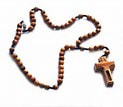
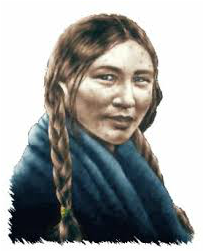
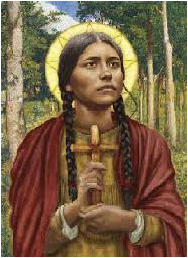
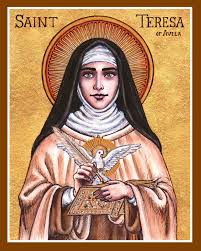
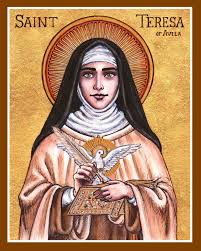

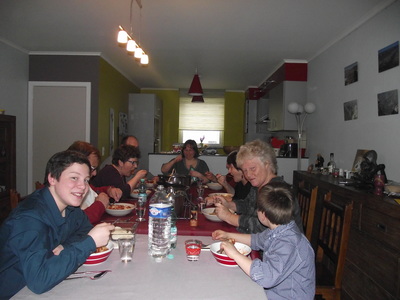
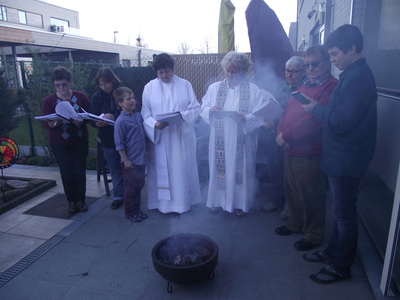
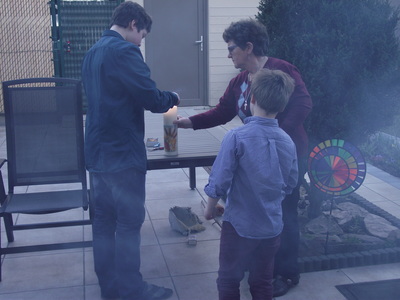
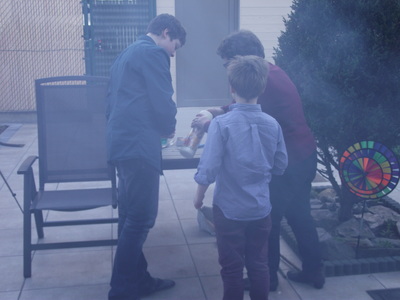
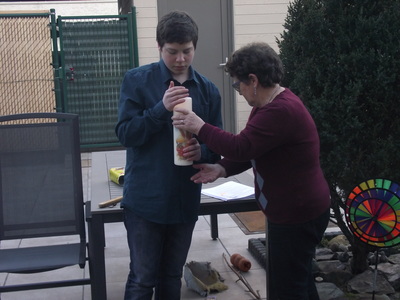
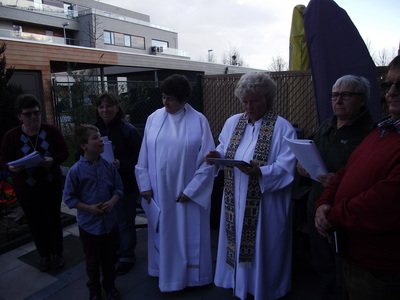
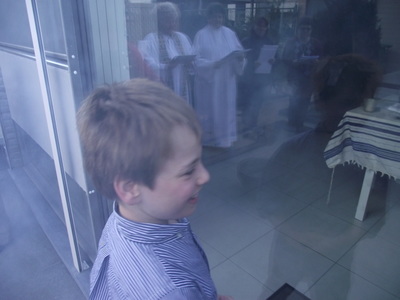
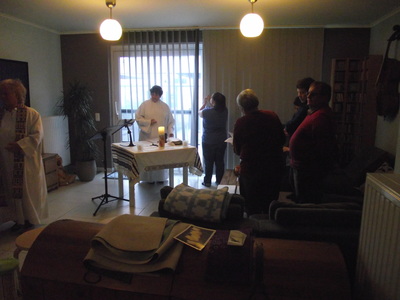
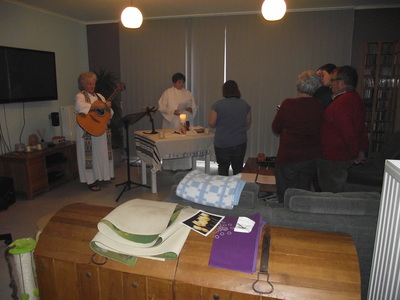
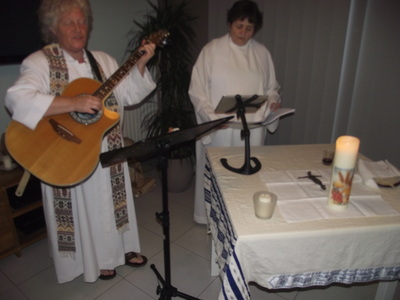
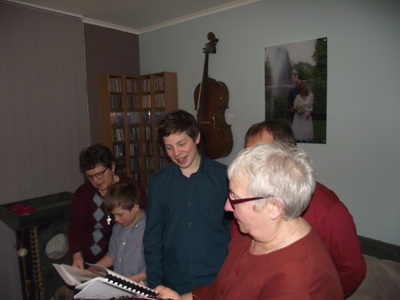
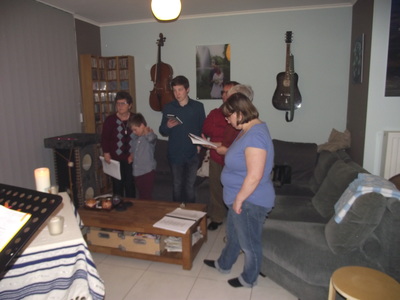
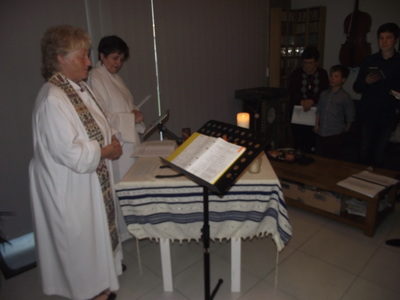
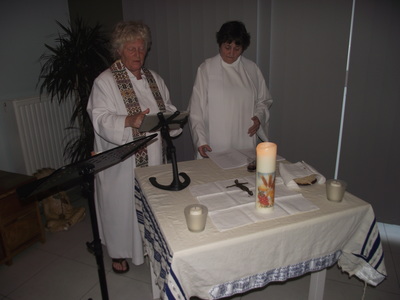
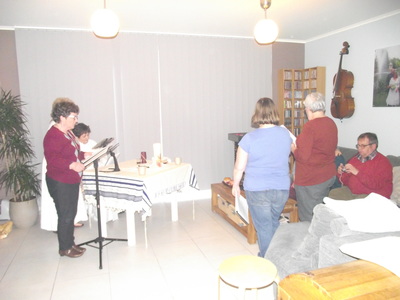
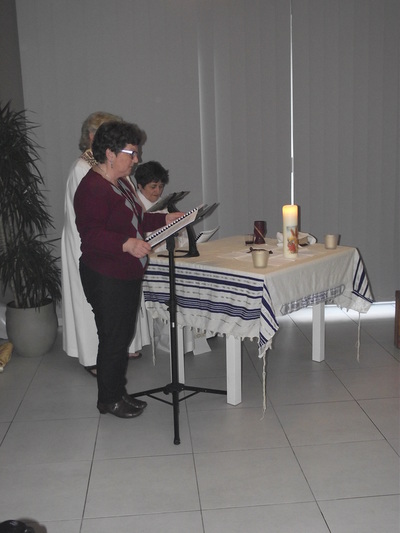
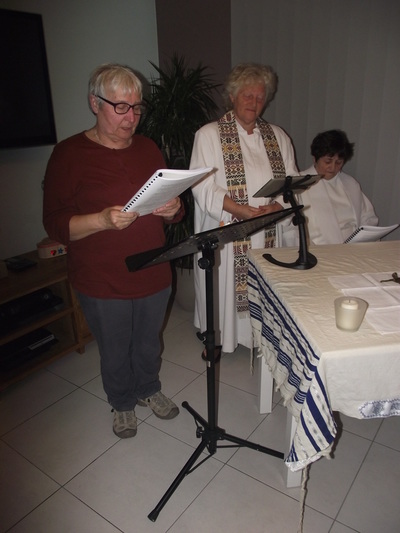
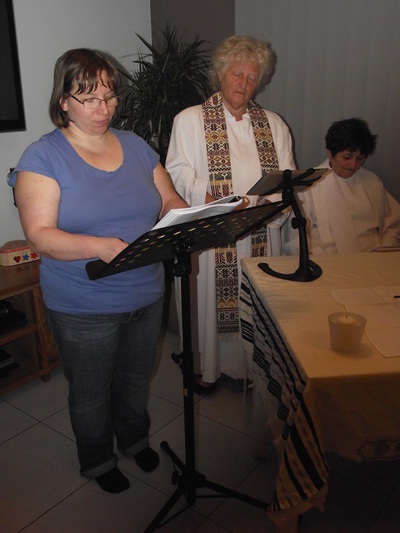
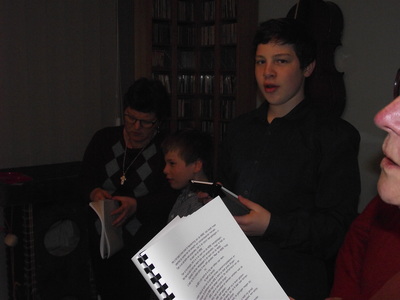
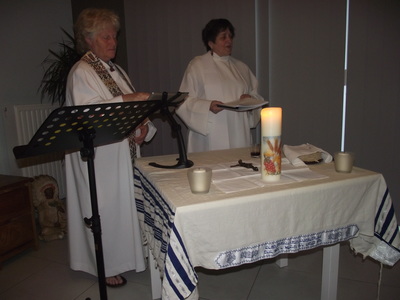

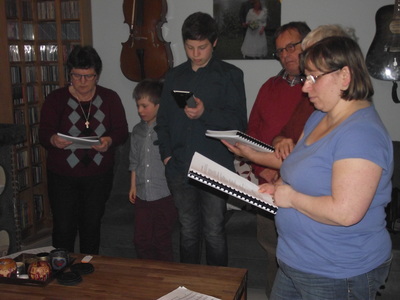
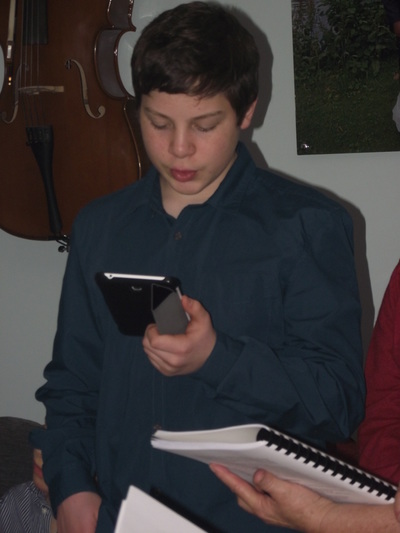
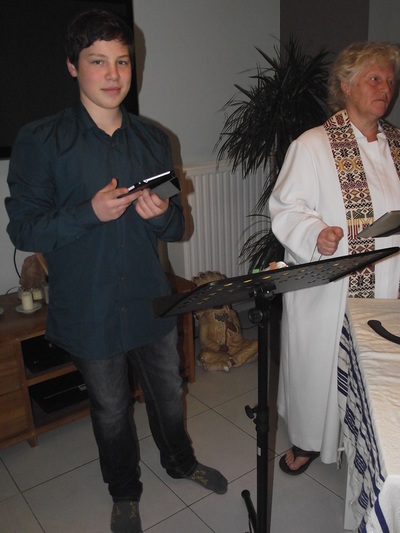
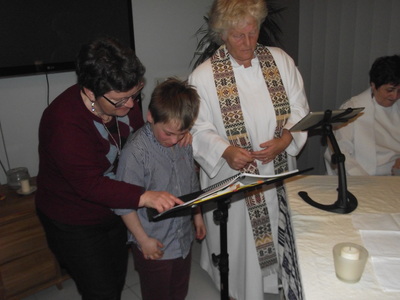
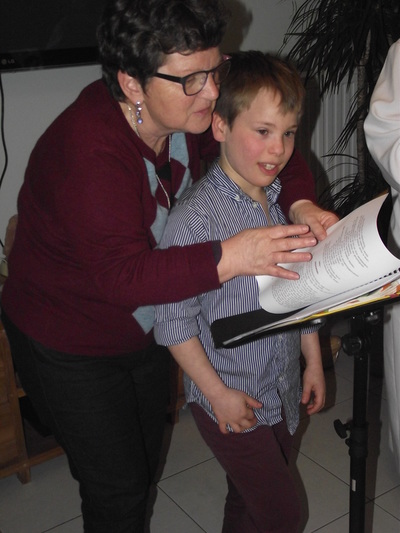
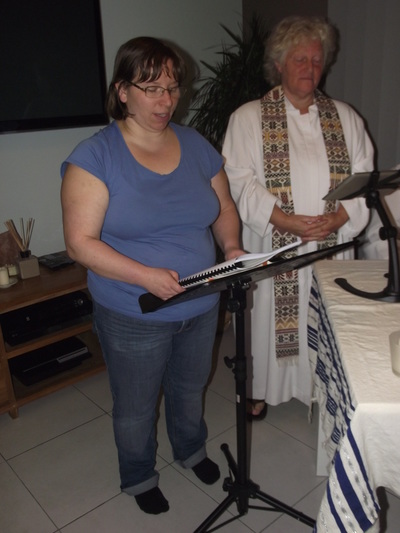
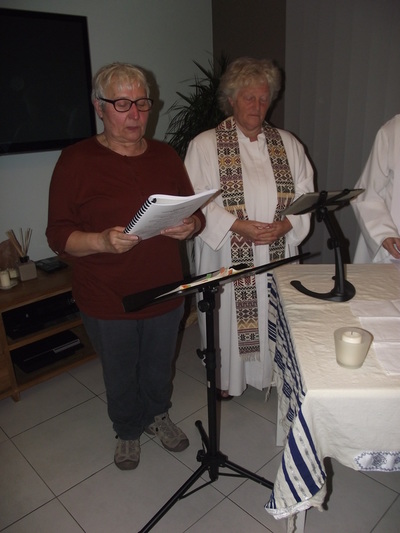
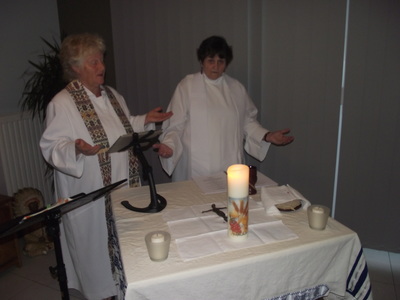
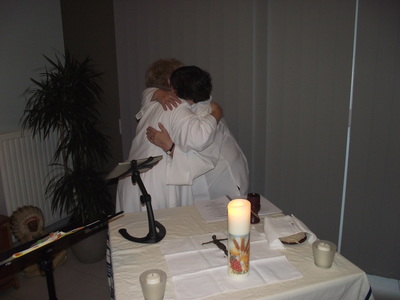
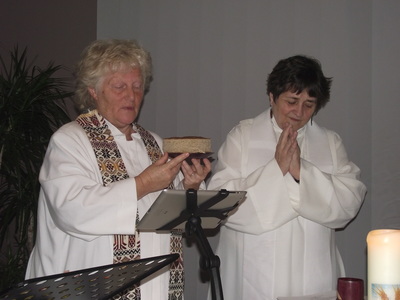
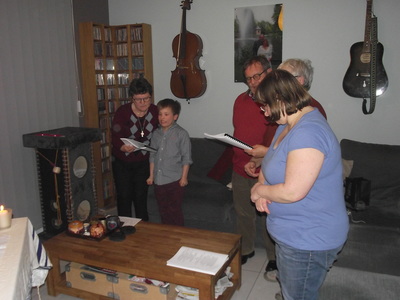
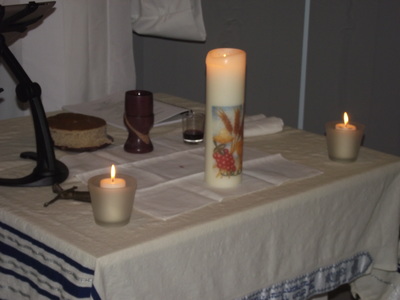
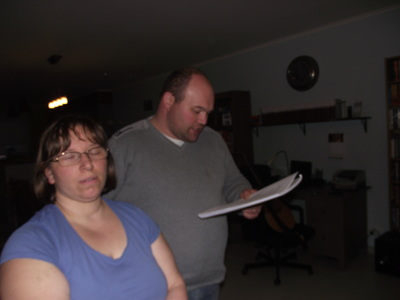
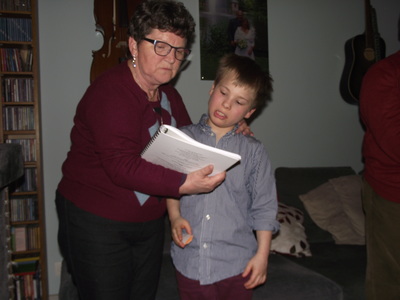
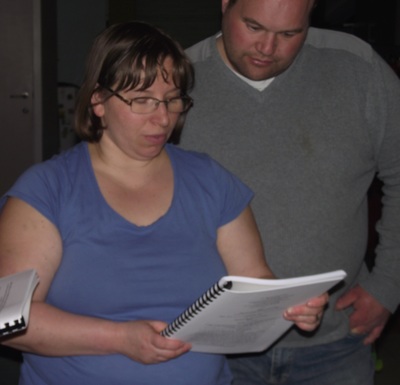
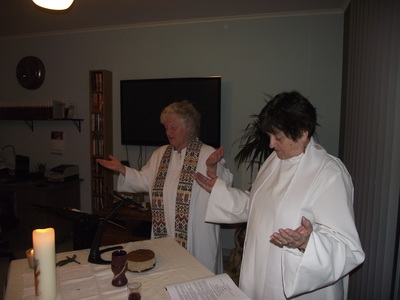
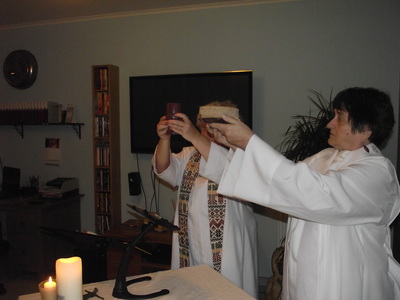
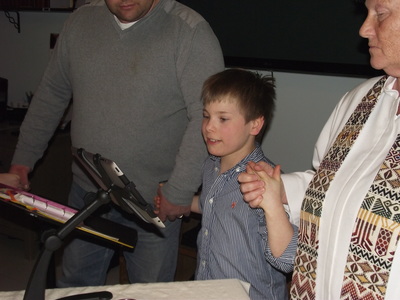
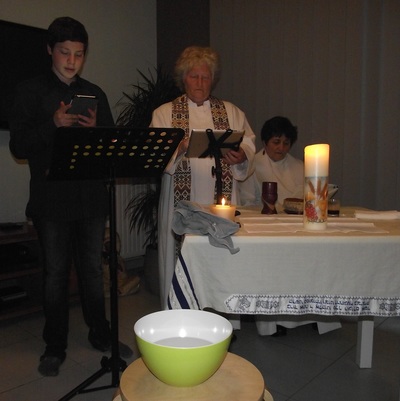
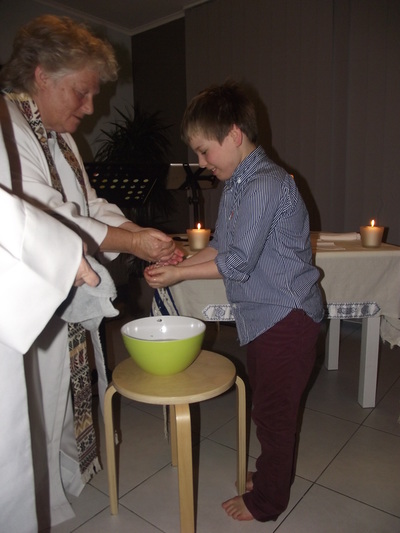
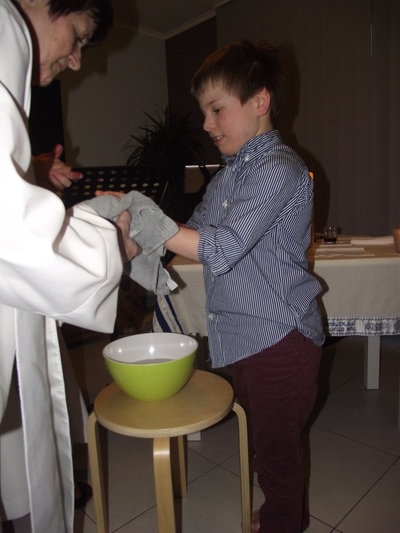

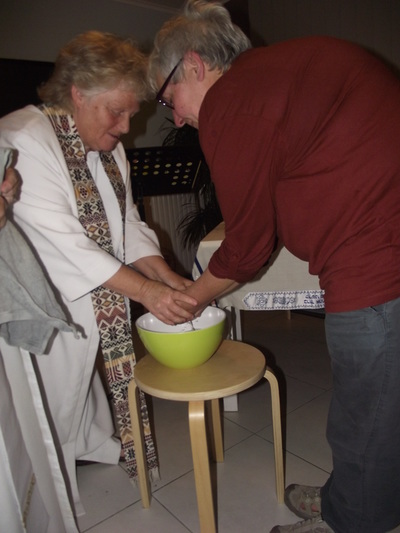
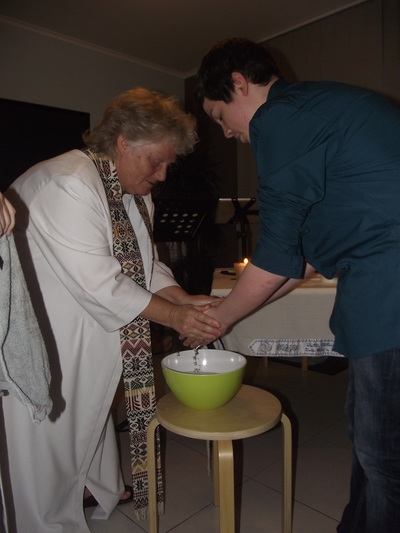
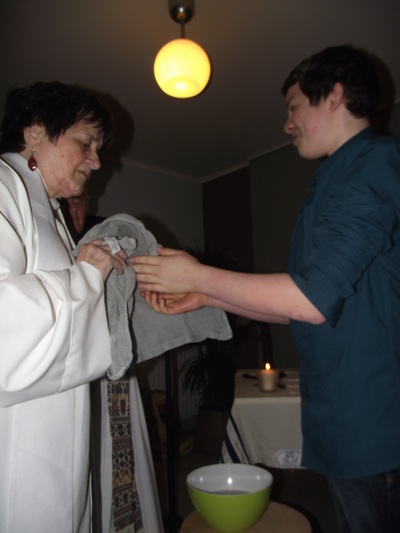
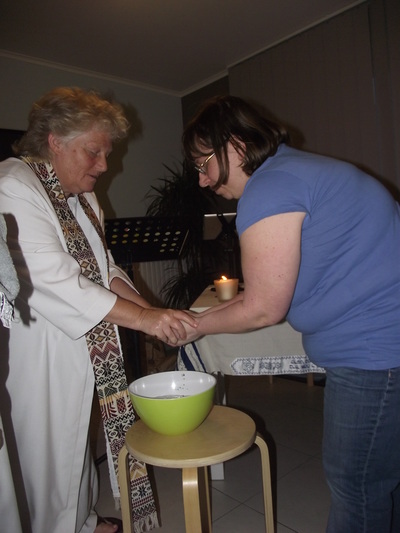
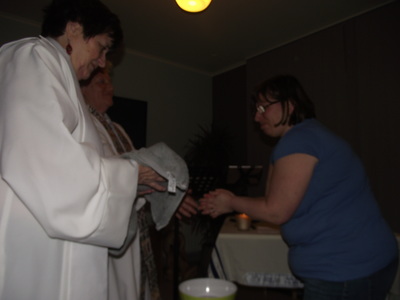
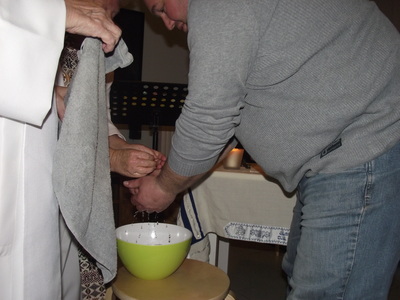
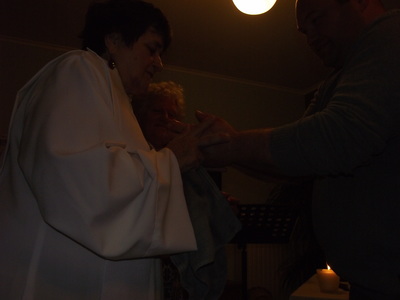
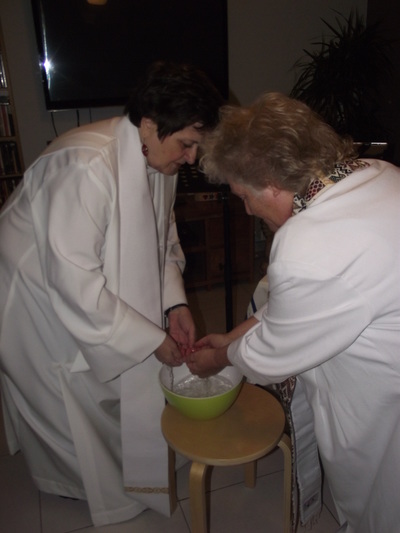
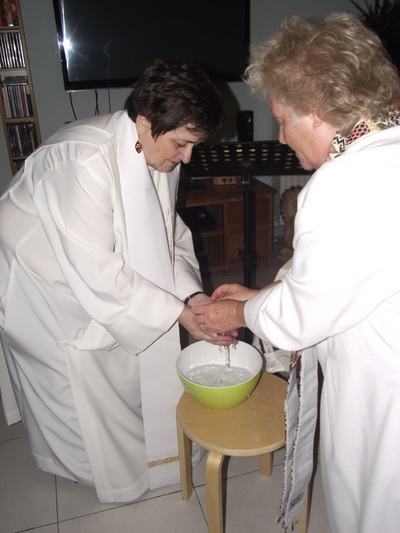
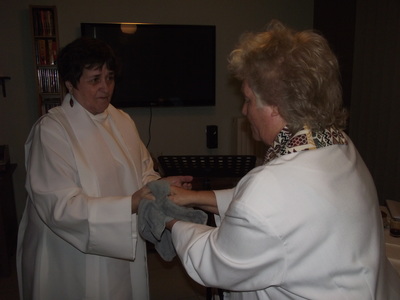
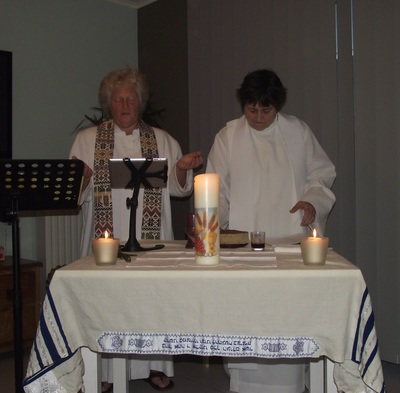

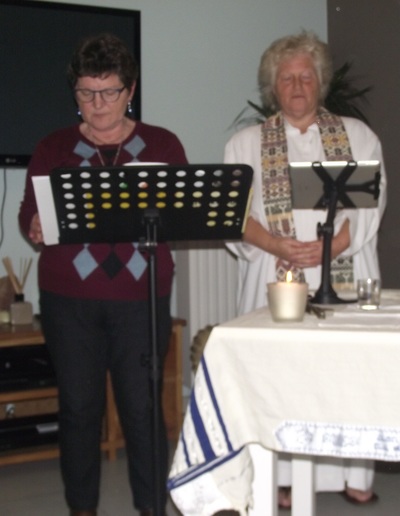
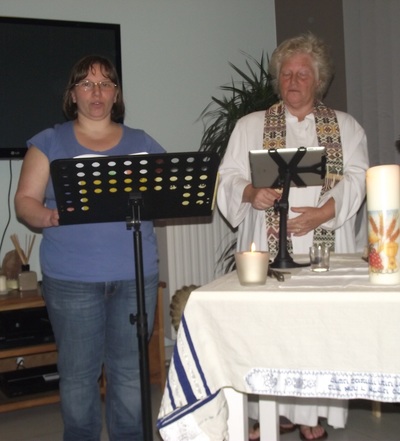
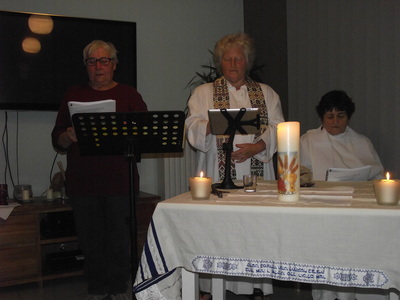
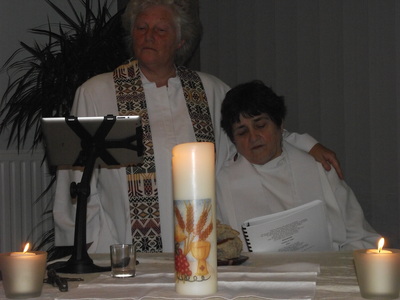
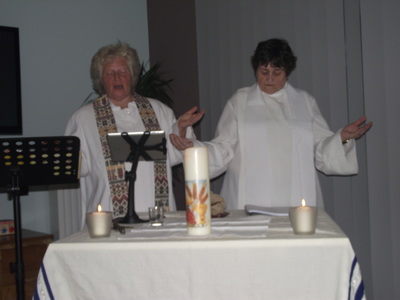
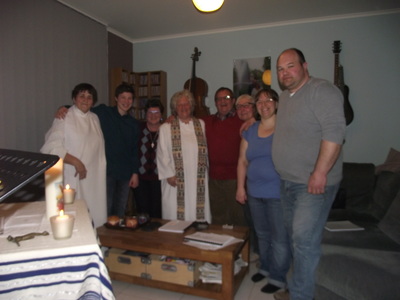
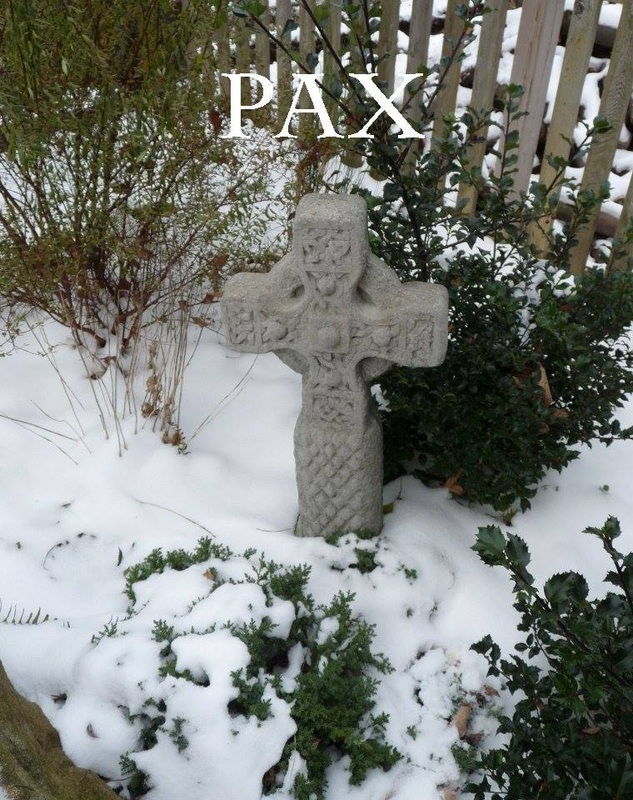
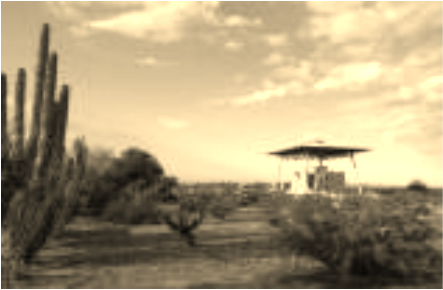
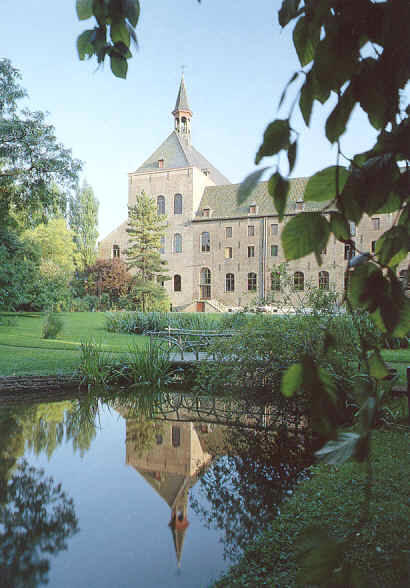
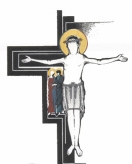

 RSS-feed
RSS-feed
